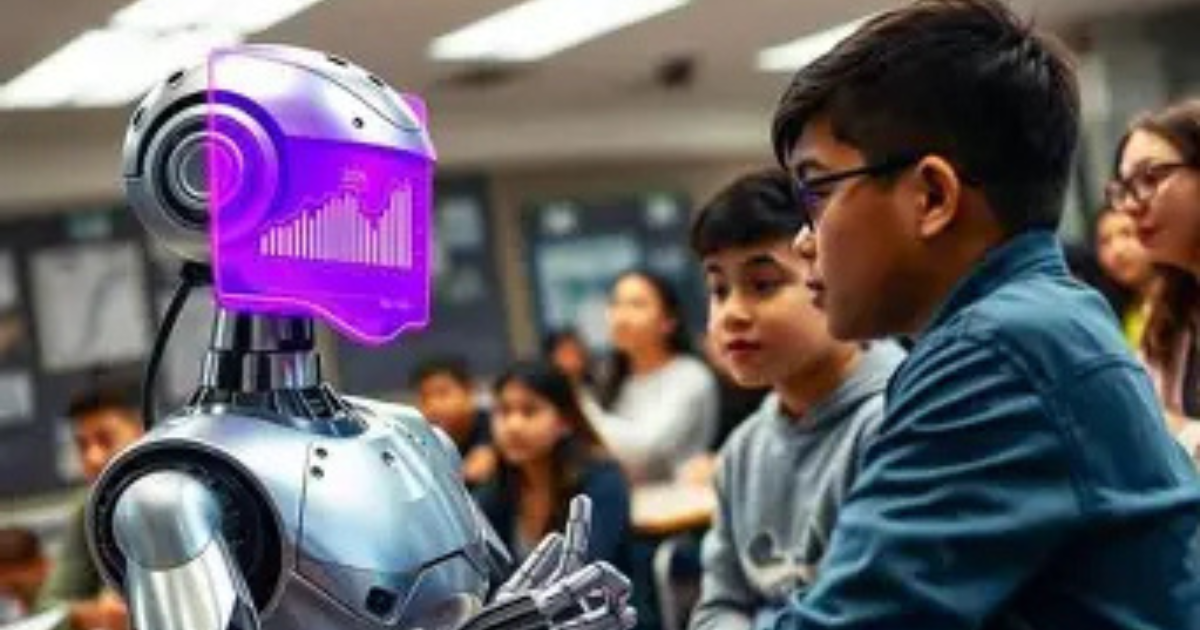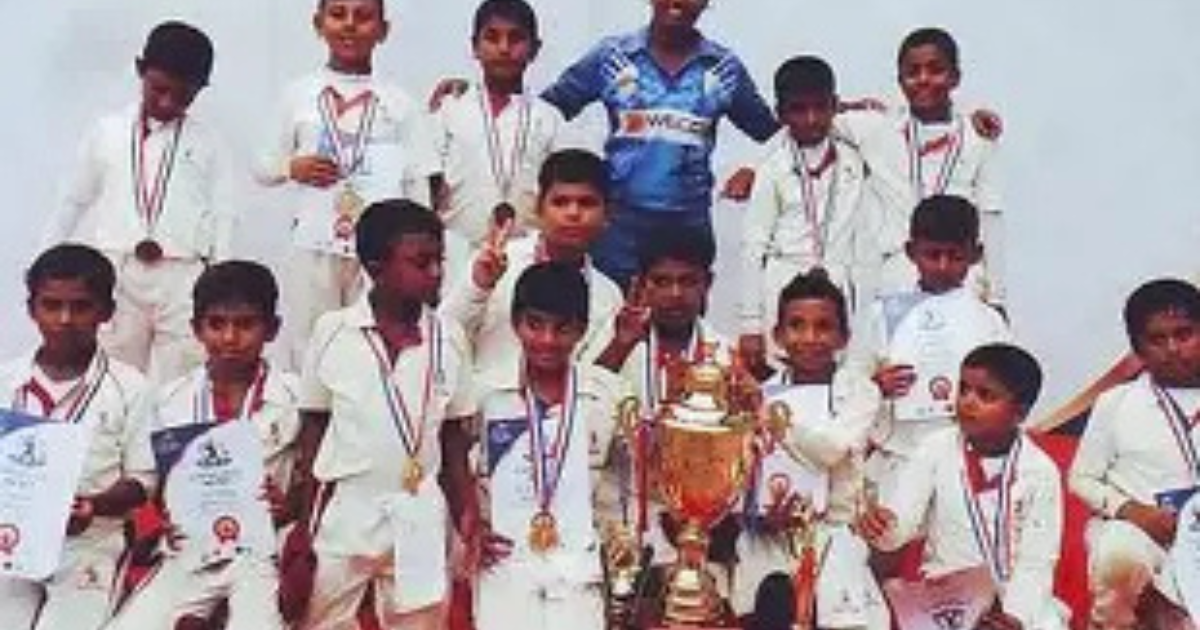✨ “Mom, my classroom is our living room!”
That’s what 8-year-old Rehan told his grandmother when she asked how school was going. He wasn’t joking — his mom had started teaching him at home during the lockdown, and even after schools reopened, they decided to continue.
Rehan’s “classmates” now include his cousin on Zoom and a group of kids who meet at a nearby library twice a week.
Welcome to the new era of education — the age of Homeschooling, Hybrid Schools, and Microschools.A revolution quietly led by parents, teachers, and curious kids who believe learning should feel like living.
🎓 The Education Shift – Why the Change Happened
For more than a century, education looked the same: one teacher, one board, thirty desks, and one syllabus for everyone.Then the pandemic hit. Suddenly, parents saw how differently each child learns — some through visuals, some through stories, some through building or drawing.
That experience changed everything.
According to a UNESCO 2024 global study, over 250 million students worldwide experienced long-term online learning between 2020–2022, and 35% of families said they preferred continuing some form of home or hybrid learning afterward.
It wasn’t just about safety — it was about freedom and personalization.
🧩 What Exactly Are Homeschooling and Microschools?
🏠 Homeschooling
Homeschooling means parents take primary responsibility for teaching their children at home, often using flexible curriculums, online resources, or certified tutors.
Kids learn at their own pace, follow their curiosity, and take exams privately or through online boards (like NIOS in India or GCSE homeschooling programs abroad).
🏫 Microschools
Microschools are small learning communities — usually 5 to 15 students — guided by one or two educators.Think of it as a “mini school” where learning is personalized, project-based, and often community-driven.
🎯 Fun Fact:The Microschool Movement started in the U.S. but is growing fast in India, too — especially in cities like Bengaluru, Pune, Hyderabad, and Mumbai.
These small, friendly schools are sometimes called “learning pods” or “community classrooms.”
🌍 Why Parents Are Choosing New Learning Paths
1. Freedom to Learn Differently
Not every child fits into a 9-to-3 classroom schedule. Some kids bloom early in art, music, coding, or science.
In a homeschool or microschool, kids can learn by curiosity, not by compulsion.
Rehan, for instance, starts his morning with gardening and counts the plants as part of math. His science comes alive in the kitchen. His mother says,
“He doesn’t memorize lessons anymore — he experiences them.”
📈 Research Insight:Studies from the National Home Education Research Institute (NHERI, 2023) show that homeschool students score 15–30% higher in academic achievement than traditional-school students on standardized tests.
2. Less Stress, More Joy
In traditional schools, homework, exams, and peer pressure can sometimes dim the natural excitement to learn.
In small setups, kids get one-on-one attention, more outdoor time, and mental peace.
🧠 Fact: The Indian Journal of Child Psychology (2024) found that homeschooled students showed 40% lower stress levels and 25% higher creativity scores compared to their peers.
Dopamine — the happiness hormone — increases when kids feel safe, curious, and appreciated. That’s why these learning environments feel emotionally richer.
3. Closer Family Bonds
Homeschooling brings families together.Learning becomes a shared adventure — cooking becomes chemistry, gardening becomes biology, travel becomes geography.
Parents rediscover their child’s personality, not just their report card.
💬 “The biggest gift was time,” says Anita Nair, a homeschooling parent from Kerala.
“We finally stopped rushing and started understanding.”
4. Focus on Real-World Skills
Microschools often emphasize life literacy — money management, empathy, environmental care, digital safety, and creative thinking.
They replace memorization with application.A lesson on “measurement” might involve baking muffins or building a birdhouse.
🧩 Dopamine Effect:When children see instant results from what they learn, the brain releases dopamine — a reward signal that tells them, “Learning feels good!”
🌈 The Rise of Hybrid Schooling
Many parents still want the social energy of schools but the flexibility of home learning.That’s how Hybrid Education was born — a model where kids attend school a few days a week and study from home on others.
It’s becoming very popular among working parents and progressive schools.
Examples:
Pyramid International School, Aurangabad now offers “Flex Fridays,” where students do real-life projects at home.
In Chennai, certain ICSE schools collaborate with online tutors for specialized learning programs.
💡 Global Trend:By 2025, the World Economic Forum estimates that 1 in 6 students globally will follow a hybrid or alternative schooling path.
Education is no longer about location — it’s about connection.
🌟 Famous Examples of Self-Learning Success
Thomas Edison – Was homeschooled by his mother after being labeled “slow” at school. He later invented the lightbulb.
Agatha Christie – Homeschooled and became the world’s best-selling novelist.
Serena and Venus Williams – Trained through homeschooling to balance academics with tennis, becoming global champions.
Elon Musk’s Ad Astra School – A microschool he founded for his kids and SpaceX employees’ children, focusing on problem-solving, not grades.
📚 These stories prove: Education is not about classrooms — it’s about curiosity.
🧠 What About Socialization?
This is the most common question parents ask: “Will my child become isolated?”
The truth: kids in microschools or homeschooling often have more diverse interactions — from mixed-age learning groups to community workshops, nature clubs, sports groups, and field trips.
🧩 Many homeschool networks in India (like Swashikshan – The Indian Association of Homeschoolers) host weekly meetups, co-learning camps, and science fairs.
Learning isn’t lonely — it’s just liberated.
💬 Government Recognition and Legality in India
Homeschooling is not illegal in India.The Right to Education (RTE) Act, 2009 focuses on free and compulsory education, but it doesn’t mandate a school as the only mode.
The National Institute of Open Schooling (NIOS) offers recognized pathways for homeschoolers to appear for Class 10 and 12 board exams.
🎯 Fact Bite:As of 2024, India has over 100,000 homeschooled students, and the number is growing by 12% every year.
Microschools, too, are gradually being recognized under state educational innovation programs.
👩👩👧 Tips for Parents Considering Alternative Schooling
Start Small – Begin with 1–2 subjects at home before switching completely.
Join a Network – Connect with other homeschool families for support.
Use Blended Resources – Combine books, online courses, and real-world experiences.
Respect Your Child’s Rhythm – Some kids learn fast; others learn deeply. Both are right.
Keep Assessments Joyful – Replace marks with mastery: “Can you explain this?” instead of “Did you memorize this?”
Remember, education is not a race — it’s a rhythm.
💡 The Role of Technology
AI tutors, online simulations, and AR/VR classrooms have made personalized learning more exciting than ever.Kids can dissect a virtual frog, visit the Taj Mahal in 3D, or code their own game — all from home!
📈 According to EdTech India 2024, AI-based homeschooling tools grew by 47%, and 80% of parents reported better engagement.
The secret is balance — technology should assist curiosity, not replace creativity.
🌻 Emotional Benefits of New Learning Models
When children feel in control of their time and learning, they develop:
Higher self-esteem
Stronger emotional stability
Better family relationships
Greater empathy
Why? Because they’re learning with purpose, not pressure.
That’s what dopamine does — it turns learning into joy, not a job.
🌺 The New Education Mantra
“The goal of education is not to fill the mind, but to light it.”
Whether in a school, at home, or in a garden, a child who learns joyfully will never stop learning.
This new generation isn’t afraid of tests — they’re excited by discovery.And maybe, that’s what real education was meant to be all along.
💌 Message for Parents
If your child learns differently, don’t worry — celebrate it.Let them learn through rhythm, painting, building, exploring.
One day, they’ll thank you not for grades, but for freedom.
Because in the end, the best school is the one that teaches your child to love learning — wherever that may be. 💖









































